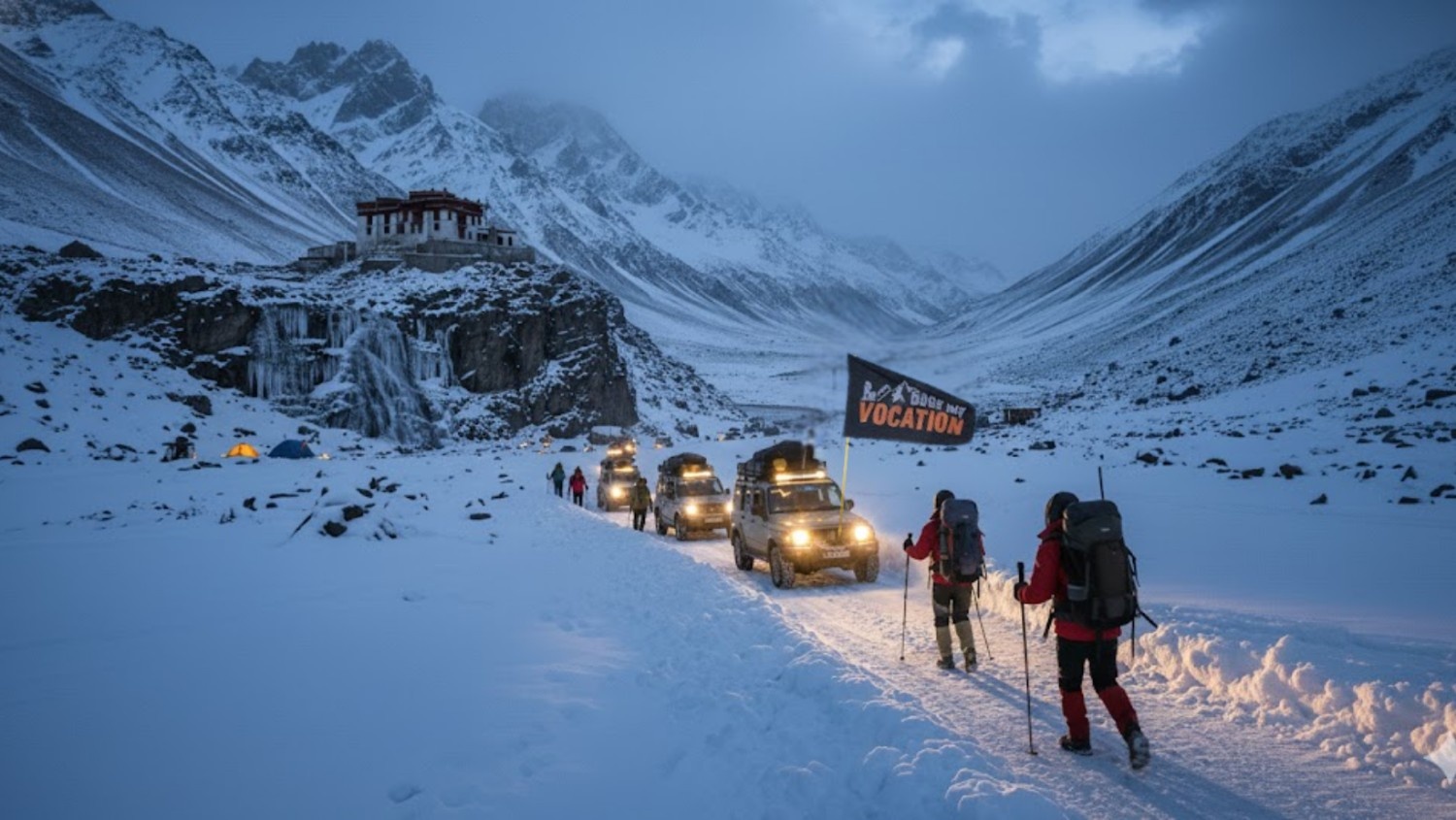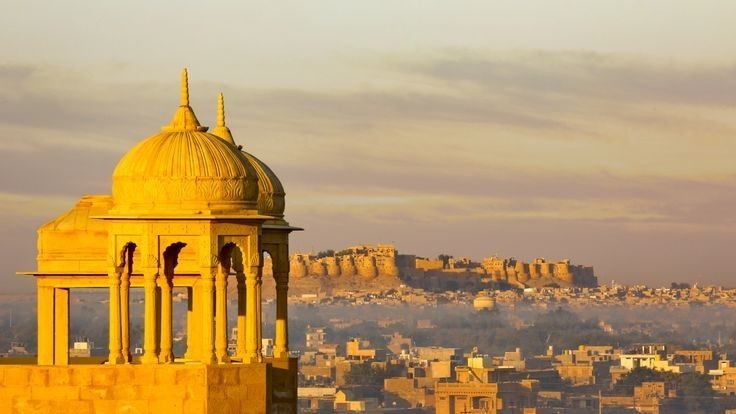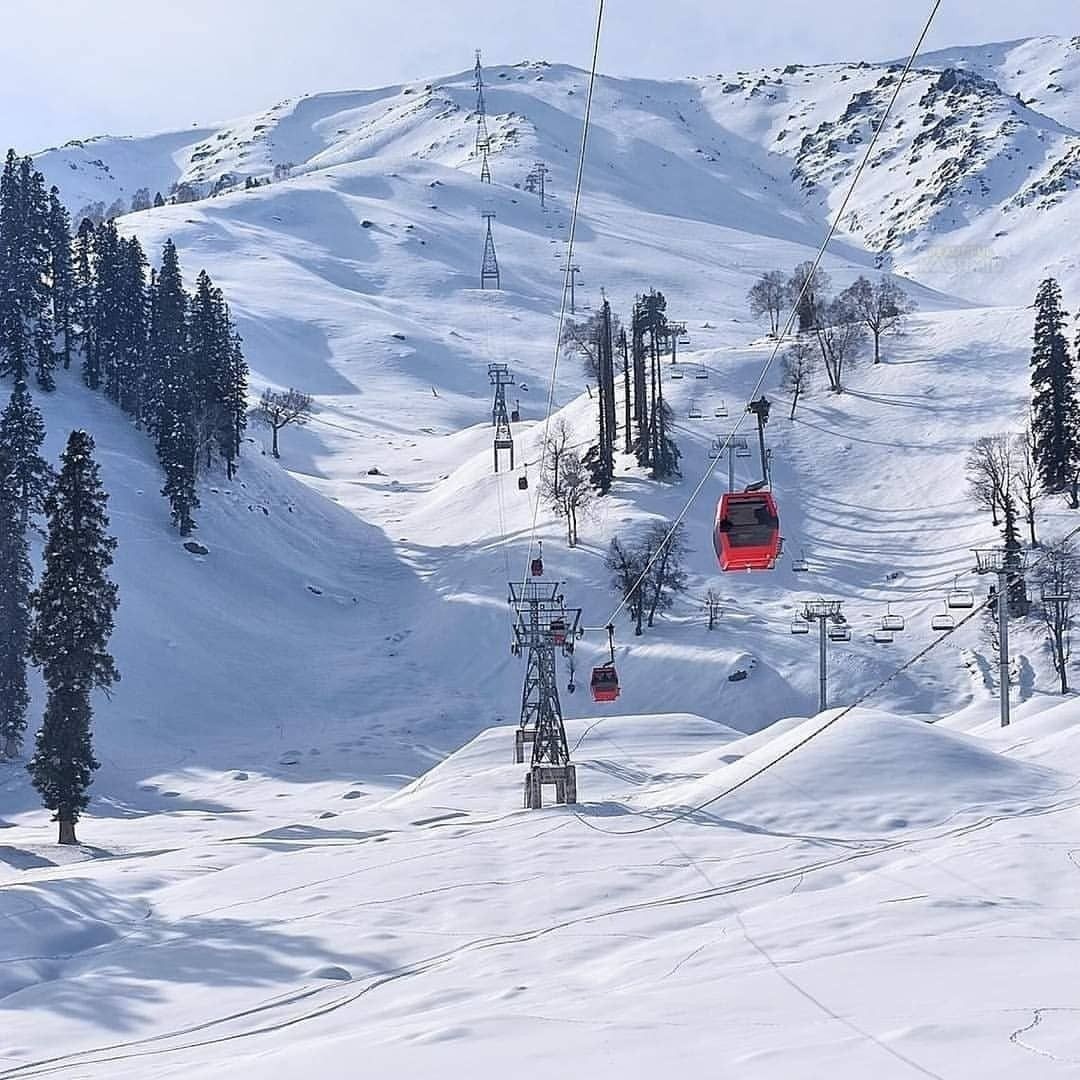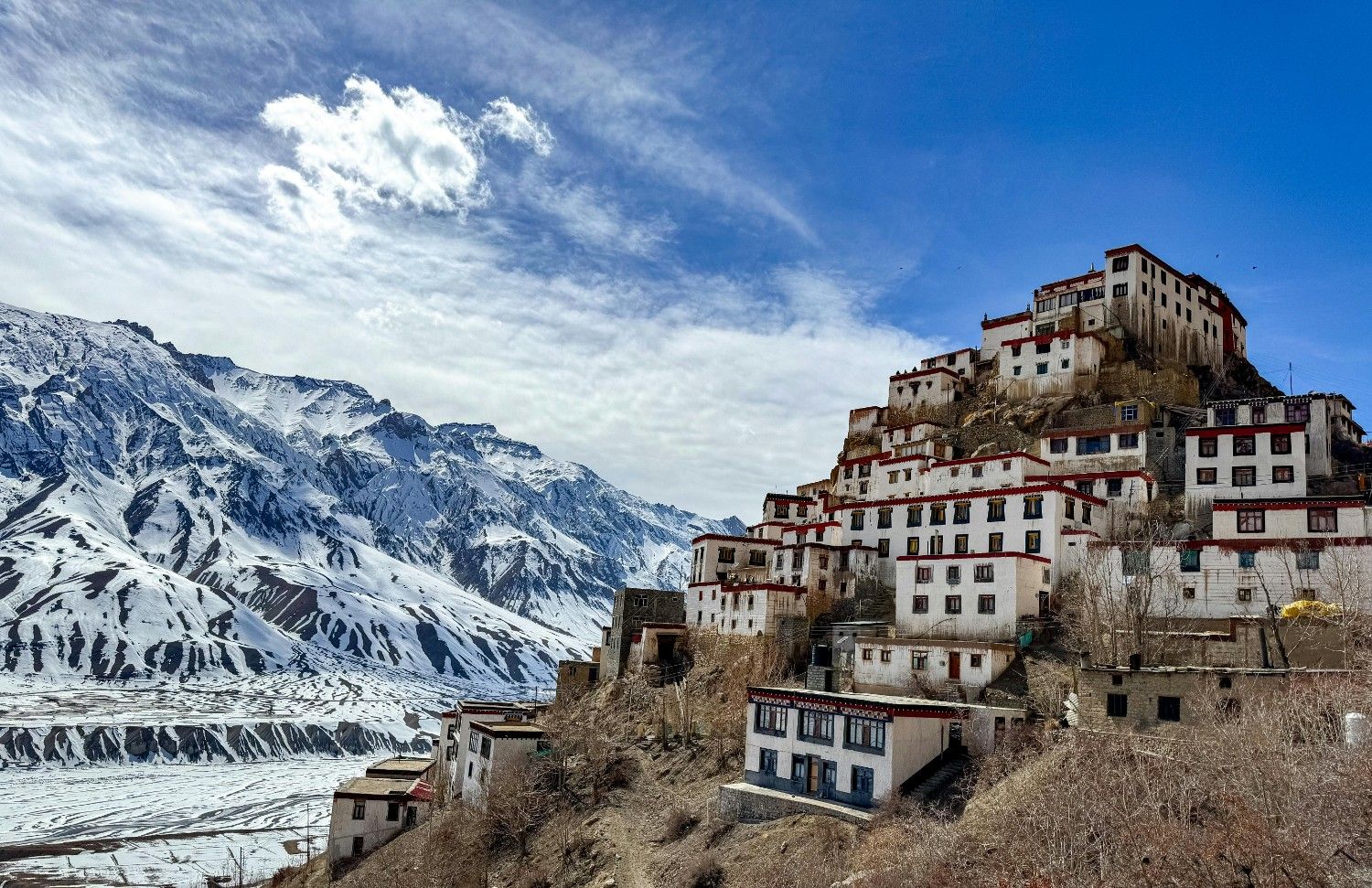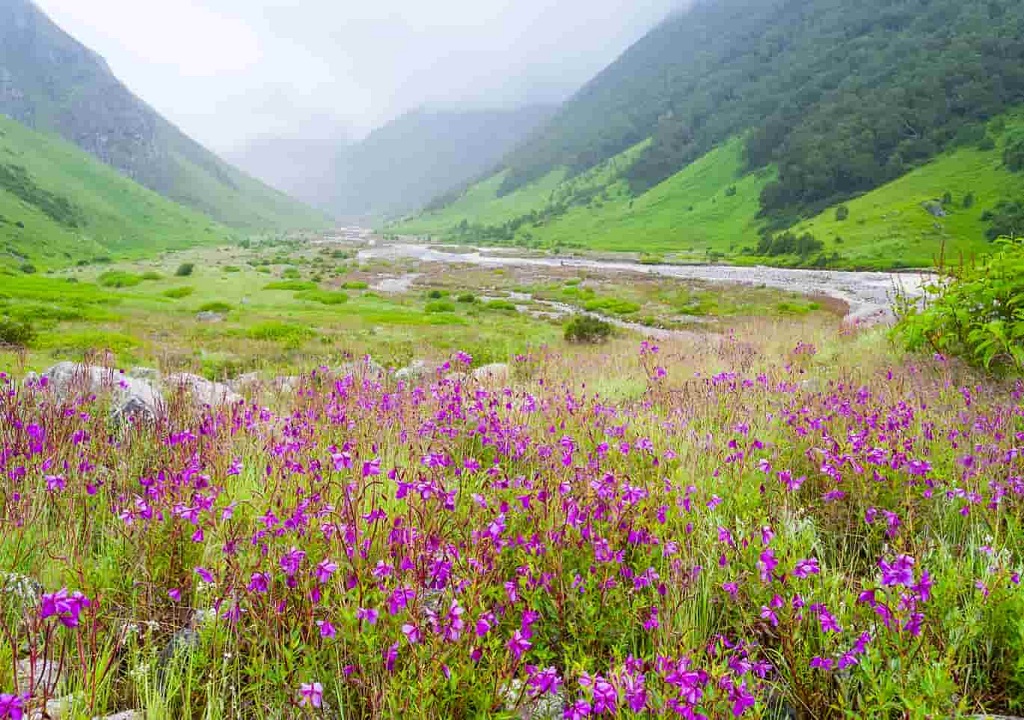 21 Mar 2025
21 Mar 2025
Wildlife Sanctuaries Uttarakhand
Uttarakhand, often called "Devbhoomi" (Land of Gods), is not only a spiritual retreat but also a haven for wildlife enthusiasts and nature lovers. Nestled in the majestic Himalayas, this northern Indian state is home to some of the country’s most diverse and ecologically rich national parks and wildlife sanctuaries.
From Jim Corbett National Park, India’s oldest and most renowned tiger reserve, to the breathtaking Valley of Flowers, a UNESCO World Heritage Site, Uttarakhand offers an abundance of biodiversity and adventure. Whether you're interested in jeep safaris, birdwatching, trekking, or simply soaking in the beauty of nature, this region has something for everyone.
If you're planning a complete North India trip, consider exploring our Himachal Tour Packages and Kashmir Tour to complement your wildlife adventure.
Jim Corbett National Park – A Haven for Tiger Enthusiasts
A Legacy of Conservation
Jim Corbett National Park is India’s first national park, established in 1936 and named after the legendary hunter-turned-conservationist Jim Corbett. Located in the Nainital district, this vast expanse of 520 sq. km is a part of the larger Corbett Tiger Reserve, known for its healthy population of Bengal tigers.
Corbett’s diverse landscapes, ranging from dense Sal forests and grasslands to riverine belts, make it a paradise for wildlife lovers, photographers, and adventure seekers.
Wildlife & Bird Species
Corbett is home to a wide variety of wildlife, including:
-
Bengal Tigers – One of the best places in India to spot wild tigers
-
Asian Elephants – Frequently seen near the Ramganga River
-
Leopards, Sloth Bears, and Jackals – Found in dense forested areas
-
Over 650 species of birds – Including the Great Hornbill, Crested Serpent Eagle, and Himalayan Kingfisher
Best Time to Visit Jim Corbett
-
November to June – Best for safaris and spotting tigers
-
April to June – High chances of tiger sightings, as animals visit water bodies frequently
-
July to October – Only Jhirna and Dhela zones remain open due to the monsoon season
Safari Experience & Booking Details
Jim Corbett National Park offers multiple safari options:
-
Jeep Safari: The most popular option, available for morning and evening slots
-
Canter Safari: Larger 16-seater vehicles, ideal for exploring the Dhikala zone
-
Elephant Safari: Available in selected zones like Bijrani and Dhikala
How to Reach Jim Corbett
-
By Train: The nearest railway station is Ramnagar (12 km)
-
By Air: The closest airport is Pantnagar (85 km)
-
By Road: Corbett is well connected via NH34 from Delhi (250 km)
For adventure lovers, our Spiti Tour Packages offer an equally thrilling experience in the rugged landscapes of the Himalayas.
Rajaji National Park – The Land of Elephants and Leopards
An Underrated Gem for Wildlife Lovers
Spread across 820 sq. km, Rajaji National Park is often overshadowed by Corbett, but it is an equally mesmerizing wildlife sanctuary. Located near Haridwar, Rishikesh, and Dehradun, Rajaji is famous for its large population of Asian elephants and leopards.
Unlike Corbett, which sees a large influx of tourists, Rajaji offers a more peaceful and intimate wildlife experience. It is also a paradise for birdwatchers, with over 300 species calling the park home.
Flora and Fauna of Rajaji National Park
Rajaji’s landscape is dominated by thick Sal forests, interspersed with grasslands and riverine areas. Some of the key wildlife species found here include:
-
Asian Elephants – The park has over 600 elephants, making sightings almost guaranteed
-
Leopards and Tigers – Although elusive, leopards are often seen in the Chilla range
-
Himalayan Black Bears, Sloth Bears, and Goral (Mountain Goat)
-
Bird Species: Pied Kingfishers, Great Hornbills, and Crested Serpent Eagles
Best Time to Visit Rajaji
-
November to June – Best for safaris and spotting large mammals
-
December to March – Ideal for birdwatching, as migratory birds arrive
Safari Options & Timings
Rajaji offers both jeep and elephant safaris, with the following timings:
-
Morning Safari: 6:00 AM – 9:30 AM
-
Evening Safari: 3:00 PM – 6:00 PM
How to Reach Rajaji National Park
-
By Train: Haridwar Railway Station (10 km)
-
By Air: Jolly Grant Airport, Dehradun (35 km)
-
By Road: Well connected via NH34 from Delhi (220 km)
For a relaxing beachside getaway after your wildlife adventure, check out our Goa Group Tour Packages for an unforgettable trip.
Valley of Flowers National Park – A Trekker’s Paradise
A UNESCO World Heritage Site
Unlike the tiger reserves and dense jungles of Corbett and Rajaji, the Valley of Flowers is a high-altitude national park known for its breathtaking meadows covered in wildflowers. Located at an elevation of 3,600 meters, this park is a must-visit for trekking enthusiasts and nature lovers.
Flora & Fauna of Valley of Flowers
-
Over 300 species of rare flowers – Including the famous Blue Poppy, Cobra Lily, and Brahma Kamal
-
Snow Leopards, Red Foxes, and Musk Deer – Occasionally spotted in the region
-
Himalayan Monal (State Bird of Uttarakhand) – A prized sighting for birdwatchers
Best Time to Visit Valley of Flowers
-
July to September – The valley is in full bloom during these months
Trekking Experience & Itinerary
-
Trek Duration: 6-7 days
-
Difficulty Level: Moderate
-
Starting Point: Govindghat
-
Trek Distance: 38 km
How to Reach Valley of Flowers
-
By Train: Rishikesh Railway Station (270 km)
-
By Air: Jolly Grant Airport, Dehradun (290 km)
-
By Road: Govindghat is well connected by road
Conclusion
Uttarakhand’s national parks and wildlife sanctuaries offer an unparalleled blend of adventure, nature, and wildlife. Whether you are looking for a thrilling tiger safari, an elephant-back adventure, a birdwatching expedition, or a scenic trek, this state has something to offer.
Plan your wildlife adventure with Book My Vocation, and explore the hidden gems of Uttarakhand!

 Home
Home




